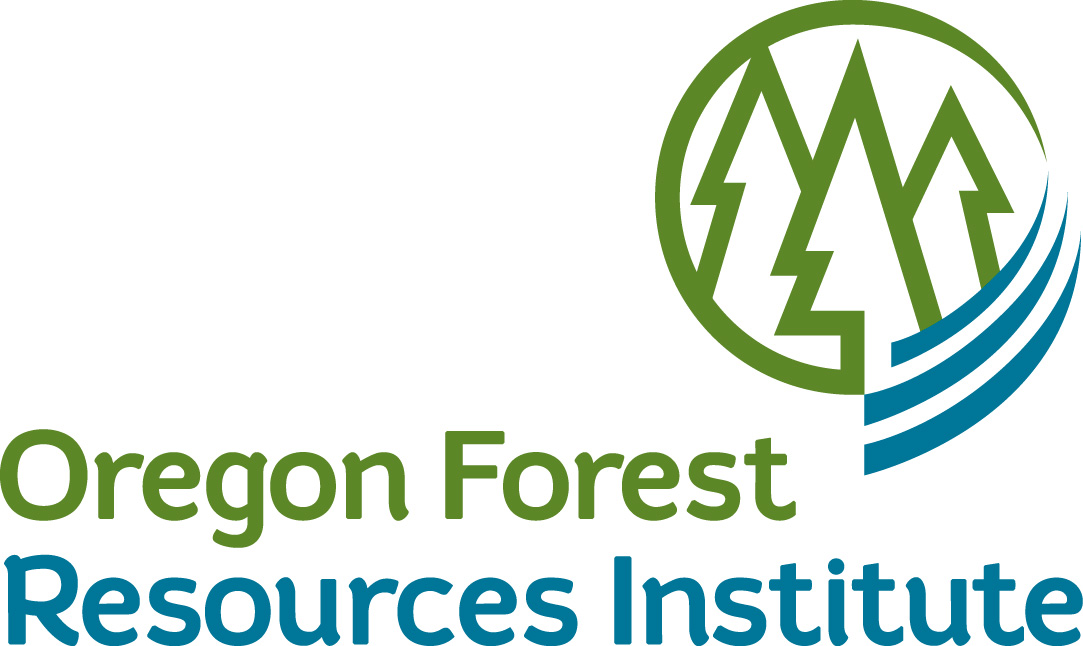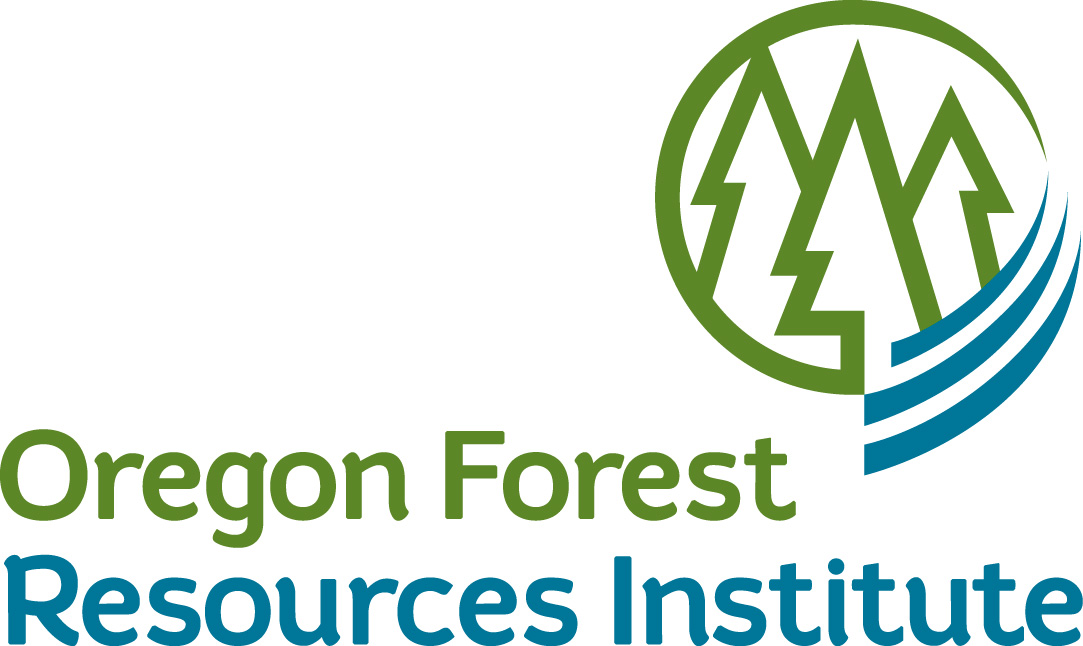SAF Learning
North American Boundary Forests: Diversity, Conservation, and Fire Management
North American Boundary Forests: Distribution, Drivers, Threats
Speaker(s): Sabrina Russo, University of Nebraska-Lincoln
Description: Boundary forests provide unique ecosystem services in North America's Great Plains. Our research in large inventory plots in two biogeographically significant boundary forests in Nebraska demonstrates that overdominance of woody encroaching and mesophytic species limits regeneration, particularly of light-demanding, often more drought-tolerant, species, potentially affecting these forests' climate change resilience.
Mapping Drought Sensitivity and Climate Change Refugia at the Southern Edge of the Western Boreal Forest
Speaker(s): Diana Stralberg, Canadian Forest Service
Description: We developed an index of drought sensitivity based on the difference in July vegetation greenness between drought and baseline periods. Ecoregional analyses suggest the importance of topographic position and aspect in southern boreal and parkland forests.
Topography-Driven Microclimate Gradients Shape Forest Structure, Diversity, and Composition at a Nebraskan Biome Transition Zone
Speaker(s): Bailey McNichol, Michigan State University
Description: In a mixed temperate refugial forest at a forest-grassland transition zone in the North American Great Plains, we found that topography-driven microclimate variation shapes patterns of forest structure, diversity, and composition, suggesting that microclimatic refugia within topographically complex regions may serve as potential buffers against climate-driven changes in biome diversity.
Frequent Fire Effects on Tree Regeneration and Stand Dynamics in Oak Woodlands
Speaker(s): Benjamin Knapp, University of Missouri
Description: Managing oak woodlands requires frequent prescribed fire to maintain open structure and promote herbaceous ground flora. However, frequent fire limits tree recruitment to the overstory, with long-term implications for stand dynamics. Using empirical data from long-term studies, we show varying fire frequency is important for long-term maintenance of oak woodlands.
Changes Within Quercus stellata-dominated Cross Timbers Forests of Oklahoma; Implications for Wildfire, Carbon, and Water
Speaker(s): Will Rodney, Oklahoma State University
Description: Largely due to fire exclusion, the Quercus stellata-dominated Cross Timbers forest of Oklahoma has converted from woodland to closed-canopy forest and has been encroached by the fire-sensitive Juniperus virginiana. This increases the risk of wildfire, increases carbon storage, and increases water use.
SAF CFE: 1.5 Category 1
ESA CEU: 0.375
Key:
Browser Recommendation
Use Chrome, Firefox, Edge, or Safari.
DO NOT USE Internet Explorer.
Quick Search
Customer Support
If you need assistance with registration, accessing a ForestEd product you purchased, or other customer service-related issues, please email ForestEdSupport@safnet.org during normal office hours: Monday - Friday, 9:00 am - 5:00 pm ET.
Sponsors
ForestEd Suggestion Box
Technical Support
For technical support, email ForestEdSupport@safnet.org



